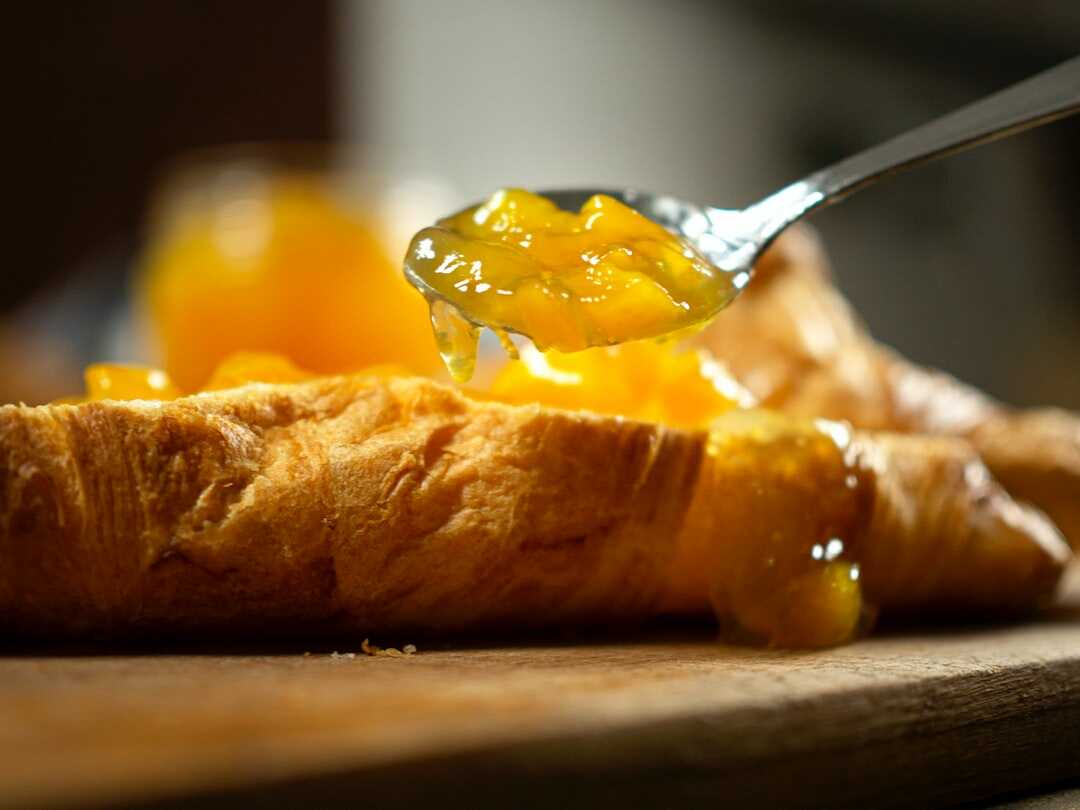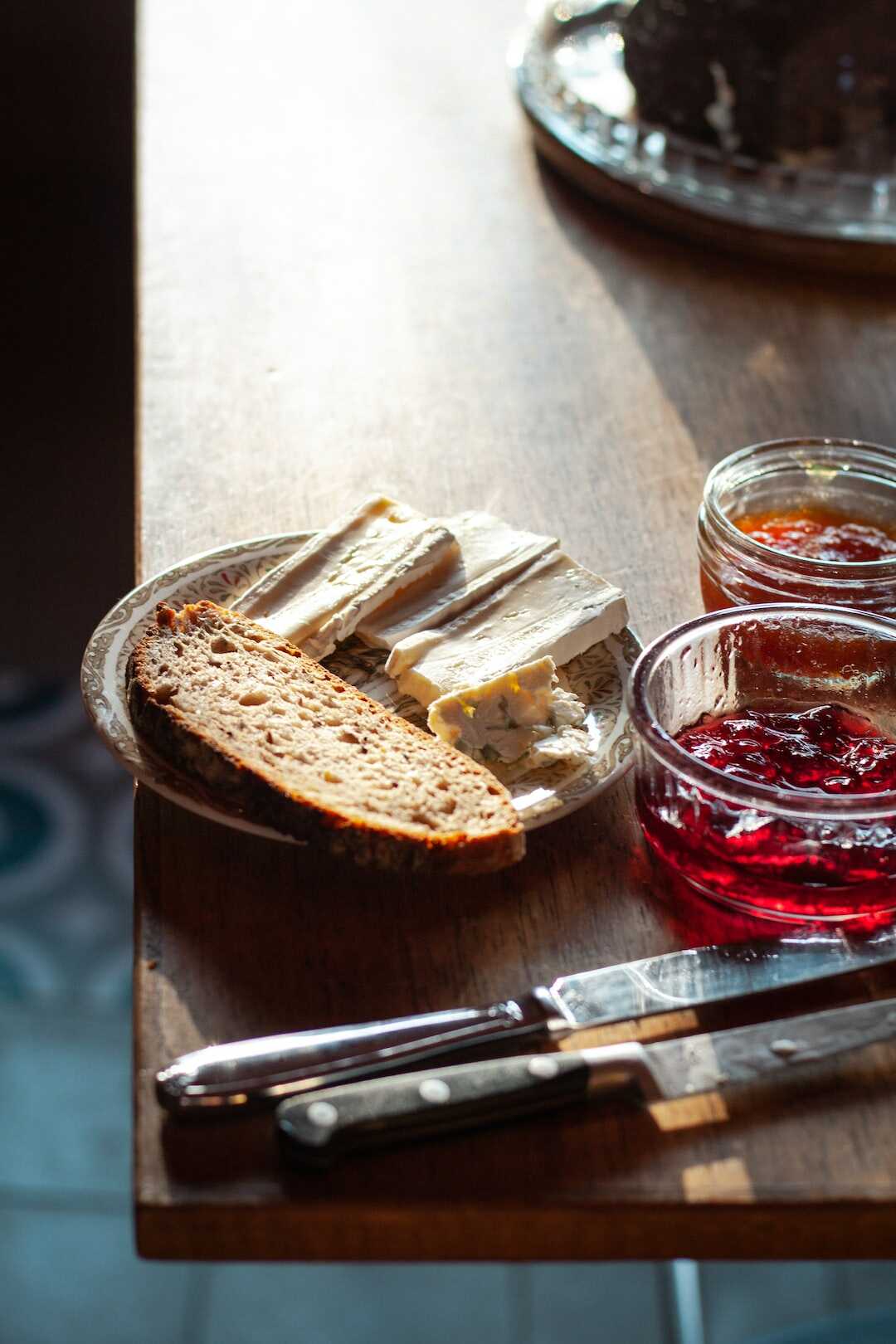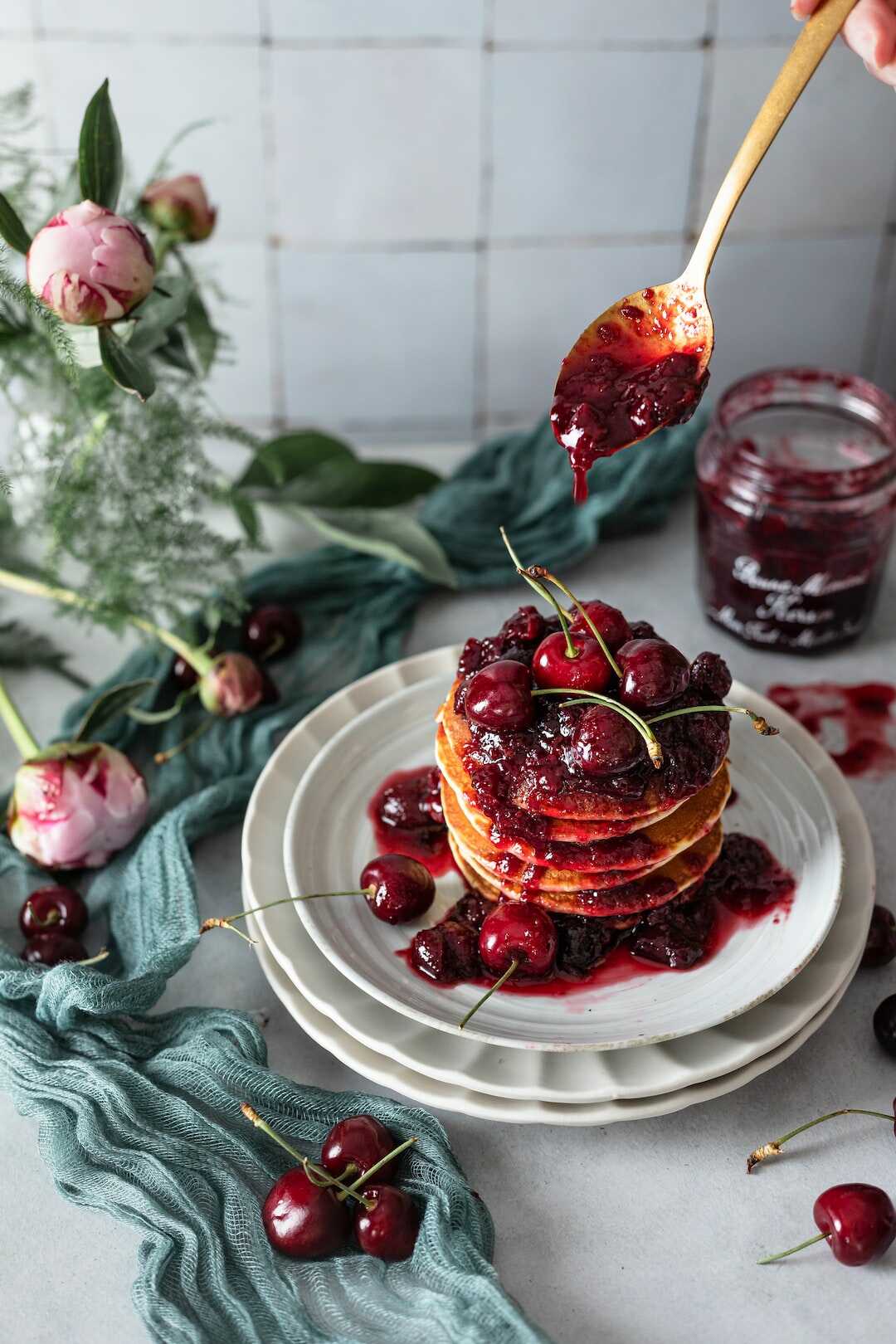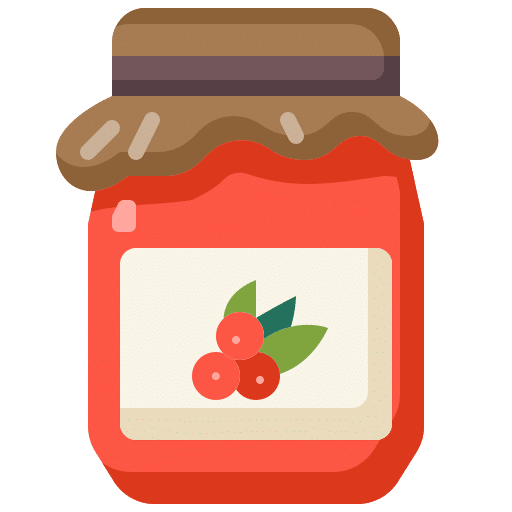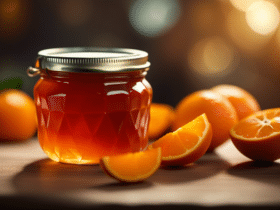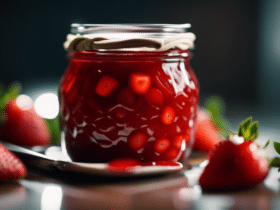Why add lemon juice to jam?

Also prepare lemon juice: it enhances the taste of the fruit, preserves its taste, promotes the hardening of the jam, as well as its preservation, avoiding the crystallization of sugar in the jam.
Why macerate the jam?
It promotes the preservation of jams and acts on pectin. Pectin: this is what makes you “take” jams, mixed with sugar. …yet I don’t really like to associate it with jams. Cooking in two stages: The fruits can be macerated in lemon juice and sugar the day before.
When to add lemon to jam?
It is mixed with sugar before being added to its jam at the time of preparation, accompanied by lemon juice (pectin gels only in the presence of acid).
Where’s the lemon pectin?
They are mainly found in the peels of citrus fruits, as they are composed of 30% pectin. Unmodified pectin is a form of vegetable carbohydrate with gelling power and soluble in water.
Which fruits for jams?
Jams for all tastes Apricot, pineapple, banana, peach, nectarine, cherry, lemon, quince, fig, strawberry, raspberry, currant, kiwi, mango, chestnut, melon, plum, blackberry, blueberry, orange, pear, apple, plum, plum, rhubarb…
How to easily peel quince?

Peeling the quince is at your fingertips Brush them under running water with a soft brush to remove the fluff. Then put the whole quinces in a saucepan, cover with water, bring to the boil and cook for 15 minutes. Leave to cool: the quinces can then be easily peeled with a peeler.
How to store quince in the freezer?
Freeze the quinces: peel them, seed them and cut them into quarters, then blanch them before placing them in freezer bags. It will be stored for 1 year and can be used as needed.
How to crush quinces?
Fruit apple: must be crushed. For that, if you come with your fruits to the distillery, I will take care of crushing them. During the grinding, add a little lukewarm water to facilitate the mixing, in particular for the quinces.
How do you know if the quince is ripe?
the quince is generally put on the market when it is sufficiently ripe; ripe quince should have a pleasant smell; the quince must have a very yellow skin without bruising, with a tiny down that rubs easily, proof of maturity; to the touch, it should remain firm and intact.
Why are quinces brown inside?
Most fruits have an area of black spots on the surface (these are not insect entrances), and in this case the quince is brown inside.
When is the quince picking season?
Pick the quinces as late as possible in the fall, before the first frosts. “Quince is a little unloved. Often planted on the edge of orchards, it is difficult to find its place in our gardens,” explains Eric Dumont, kindergarten teacher.
What are the benefits of quince?

La Dutina, consumed in the form of jelly or paste, offers a beneficial and protective effect on the colon and rectum. Its antidiarrheal properties are recognized and the tannins play a protective role on the intestinal mucosa.
Why can’t you eat raw quince?
Visually, between the apple and the pear, the quince comes from the quince. Obviously the fruit is sometimes repelled by the obvious difficulty of preparation, especially since its raw flesh is impossible to eat because it is too hard.
Where’s the quince pectin?
Quince is the richest fruit in pectin, this vegetable gelatin, which makes jams and fibers. Quince pectin contains flesh and not seeds or skin.
Are apple seeds poisonous?
After repeated warnings from health authorities about the toxicity of seeds and fruit seeds, it may seem strange that scientists recommend swallowing apple seeds. They contain amygdalin which, when digested, is converted into cyanide.
What is the most laxative fruit?
But some fruits are more laxative than others: kiwi, apple juice, melon and of course prunes and other dried fruits. When it comes to vegetables, spinach has the best reputation. Intense physical activity is also important.
Does the quince get bigger?
Quince is often eaten in compote or jelly or as an addition to sweet and savory dishes, and quince is relatively low in carbohydrates. It contains 11 g of carbohydrates per 100 g, which makes it a moderately sweet fruit. It is also a medium calorie fruit. Quince provides 57 calories per 100g.
Is quince a laxative?

Jams, jellies or fruit jellies are made from this property. Quince has a beneficial effect on the intestines. Its anti-diarrheal properties have been recognized. They are the result of the combined action of tannins and pectin which help reduce diarrhea.
Is eating chocolate tight?
Cocoa, that is to say dark chocolate, contains fibers that have a beneficial effect on transit. They contribute to its proper functioning and help to avoid or reduce constipation. In short, does chocolate have constipation? Not so consumed in reasonable amounts.
What constipated fruit?
The choice is wide: prunes, dried apricots, figs, but also dried fruits (walnuts, hazelnuts, almonds), vegetables (lentils, white beans, split peas, chickpeas, beans …), beets, spinach, peas, celery, fennel, endives, cereals (wheat and oat bran are very rich in fiber) and …
What are the restrictive fruits?
| Category | food | Fiber content (in g) |
|---|---|---|
| Fruit | Apple banana-orange plum | 4 2.6 7.2 15 |
| Juice | citrus apple grapes | 0.8 0.3 0.3 |
| Cooked vegetables | Beans Beans Carrots Peas Potatoes (with skin) | 6 4 5 5 |
| raw vegetables | Cucumber (with peel) Tomato salad with spinach | 2.2 0.8 1.5 0.7 |
What Foods Cause Constipation?
15 foods that create constipation or promote transit
- 7 constipating foods – limit and if possible avoid.
- White rice. White rice, unlike brown, does not contain enough fiber. …
- Red meat. …
- Potato. …
- Cakes. …
- Sweet and carbonated drinks. …
- Bananas (unripe)…
- Boiled carrots.
Are persimmon fruits limited?
To facilitate intestinal transit, take persimmon for dessert, twice a day, when it is in season. This will prevent constipation.

